The artillery fungus, Sphaerobolus spp. may become problematic in mulch, due to the production and release of its spores. This fungus produces very small, inconspicuous cup shaped fruiting bodies (about 1/10 of an inch) that contain a dark round spore body (peridiole). The accumulation of water and nutrients in the fruiting body eventually leads to a pressure release of the spore. That spore is shot toward any light source up to a distance of several feet. With windy conditions, spores can travel even further. When they land on light colored siding, building foundations, or cars, the material can be very unsightly. The spore bodies have a very sticky substance on them which can make removal extremely difficult. Soap and water with a scrub brush can be effective, before the material gets dry. Increased reports of artillery fungus causing problems may be due to use of hardwoods in mulch, excessive rainfall, or irrigation of foundation plantings. Artillery fungus may be more problematic on the north side of buildings where shade maintains more moist conditions. The use of bark mulch or pine bark nuggets rather than hardwood may provide a less favorable substrate than hardwood mulch for artillery fungus. Use of mulch derived from trimming of dead and diseased trees should be avoided. Adding fresh mulch yearly can also suppress the fungus, but plantings should not be mulched too deep. Removal or raking of infested mulch to disturb the growth of the fungus may help. Dr. Don Davis of Penn State University has a web site with more information and answers to frequently asked questions: http://www.personal.psu.edu/faculty/d/d/ddd2. Dr. Davis and his colleagues have done recent research indicating that the use of fresh mushroom compost blended with landscape mulch, at the rate of ≥40%, can be effective in reducing or suppressing the artillery fungus. This can be a good strategy in sites that have had problem with artillery fungus previously. Addition of the fresh mushroom compost adds organic matter, a rich dark color, and beneficial microbes that may compete with the artillery fungus offering some control. For more information, see the UD Plant Clinic Web site: http://extension.udel.edu/ag/plant-diseases/ud-plant-diagnostic-clinic/ or contact your County Extension Office.
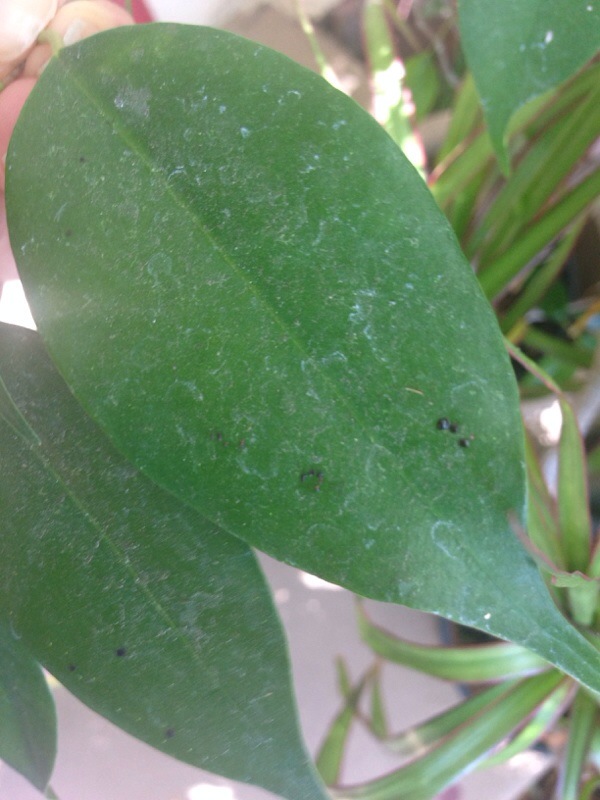
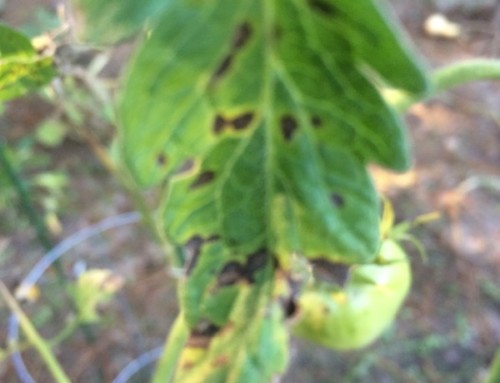
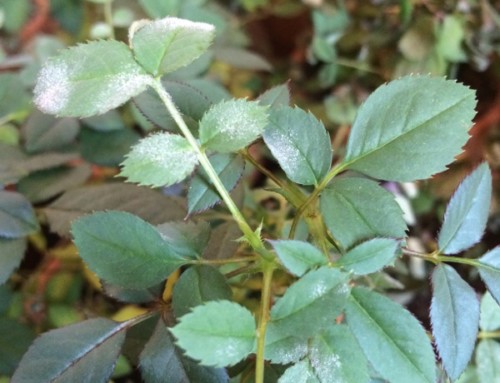
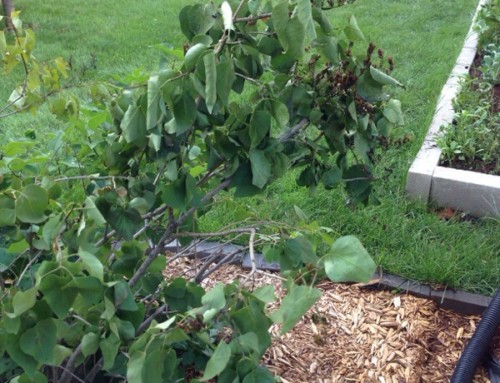
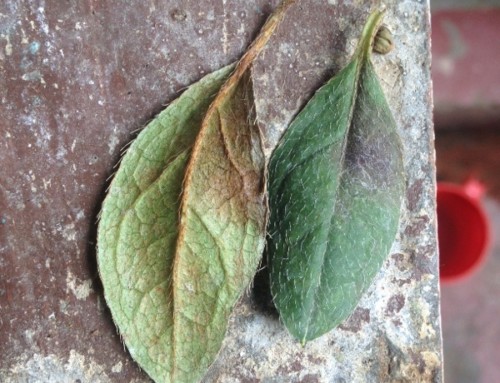
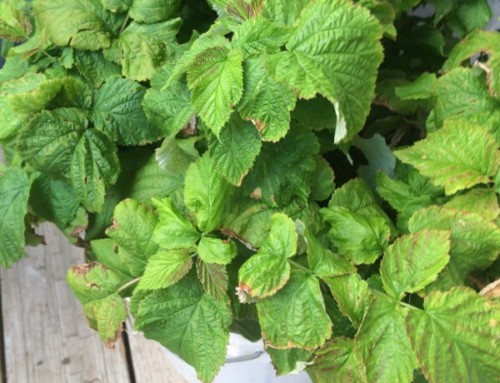
Leave A Comment